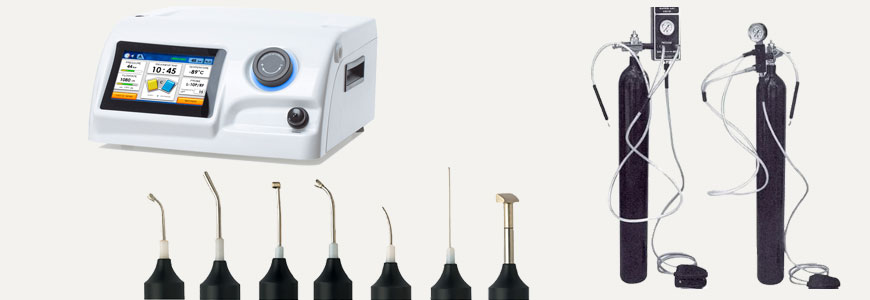Cryo Treatment

What is cryosurgery ?
'Cryo' means extremely cold or freezing. This operation employs a delicate instrument that freezes small spots which are transformed into pinpoint scars that strengthen the retina. The temperature required for Cryosurgery is approximately minus 70 degrees centigrade.
What are the do's and don'ts after cryosurgery ?
Generally patients can return to their normal routine the following day. But they are advised to relax on the day of surgery. In cases where there has been a tearing of the retina, the surgeon may ask patients to limit their activities for at least ten days. The restrictions may include the following :
If an eye pad was used after the cryosurgery, it should be removed after one day of use.
Do not bend over so that your head is below your waist.
Do not lift anything that weighs more than five kilograms.
Avoid rubbing the affected eye.
Avoid strenuous activities you may cook or wash dishes, but no housework that involves bending or lifting weights.
You may watch television or read.
Alcoholic beverages should be avoided.
No sexual intercourse.
No automobile trips except to the doctor's office.
What are the effects of cryosurgery ?
Temporary side effects include blurred vision, redness of the Eye, Mild Pain, Watering, Double Vision, Swelling of Eyelids or a Dilated Pupil. These side effects usually clear up within a few weeks. Most patients respond favourably to this operation, but a small percent of patients.
What are the possible complications ?
All surgery has some possible complications but fortunately, the occurrence of such problems with cryosurgery is infrequent. At least 99% patients have no complications. The complications that may occur include bleeding within the Eye or Retinal Detachment. There is the very rare possibility that all vision might be lost.